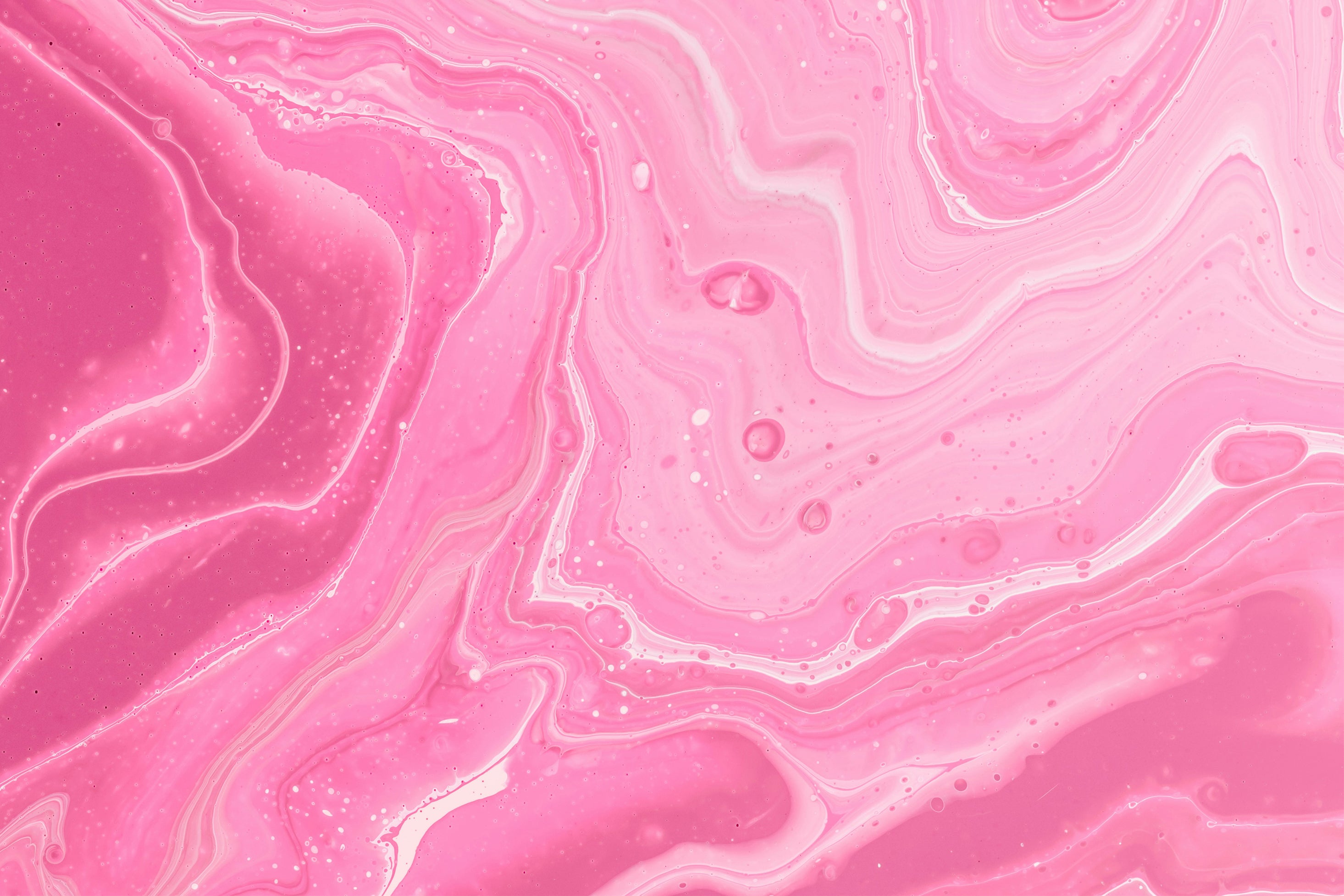
Inside the Workshop: The Journey of Jewellery Making

Jewellery making is an ancient art that has evolved over thousands of years, reflecting the culture, technology, and artistic expression of the societies that produce it. From simple stone beads to intricate metalwork adorned with precious gems, the process of creating Jewellery is a testament to human ingenuity and creativity. This article outlines the primary stages of Jewellery making, providing an insight into the techniques and skills required to transform raw materials into exquisite adornments.
-
Design and Conceptualization
The journey of a piece of Jewellery begins with a design. This initial stage involves sketching, where artists create detailed sketches or digital renderings of a proposed piece. These sketches include measurements, materials, and structural details.
-
Model Making
A model of the jewellery piece is created. Traditionally, this model is made from wax, but modern techniques might use 3D printing. This model will serve as the basis for the mould.

-
Metalworking
Investment Casting: This process starts with creating a wax model of the design, which is then encased in a plaster-like material to form a mold. The wax is melted away, leaving a cavity into which molten metal is poured.
- Step 1: The Tree: The wax model is attached to a wax stem, called a sprue, creating a tree-like structure if multiple pieces are being cast simultaneously.
- Step 2: Creating the Mould: The wax models are placed in a container, and a liquid plaster-like material called investment is poured over it. The investment hardens to form a mould.
- Step 3: Burnout Process: The mould is heated by being placed in a kiln or furnace, where it is gradually heated to a high temperature. This causes the wax to melt and flow out, leaving a hollow cavity in the shape of the jewellery piece. This step is called the burnout process.
- Step 4: Filling the Mould: Molten metal is carefully poured into the preheated mould. This can be done manually or using a centrifugal casting machine that spins the mould to ensure the metal fills even the smallest details. Once the mould is filled, the metal is allowed to cool and solidify. This can take from a few minutes to several hours, depending on the size and complexity of the piece. After the metal has cooled and solidified, the investment mould is broken away, revealing the metal casting.
-
Stone Setting
Setting stones is a meticulous task that requires precision. There are different ways stones are set into the metal, depending on the design of the jewellery:
- Prong Setting: Metal prongs are bent over the stone to hold it in place.
- Bezel Setting: A metal rim encircles the stone, securing it.
- Pavé Setting: Small stones are set closely together with minimal metal visible.
- Channel Setting: Stones are set between two parallel metal channels.
-
Polishing and Finishing
To achieve a flawless look, Jewellery undergoes several finishing processes:
- Polishing: Using polishing wheels and compounds to give the metal a smooth, shiny surface.
- Buffing: Further smoothens the surface and removes fine scratches.
- Plating: Some pieces are plated with a thin layer of another metal, such as rhodium, to enhance appearance and durability.




